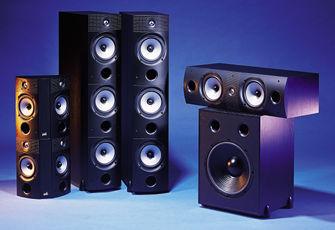LATEST ADDITIONS
|
Sep 09, 2001
|
Sep 04, 2001 |
First Published: Sep 05, 2001
|
Sep 04, 2001 |
First Published: Sep 05, 2001
|
Sep 04, 2001 |
First Published: Sep 05, 2001
|
Sep 04, 2001 |
First Published: Sep 05, 2001










